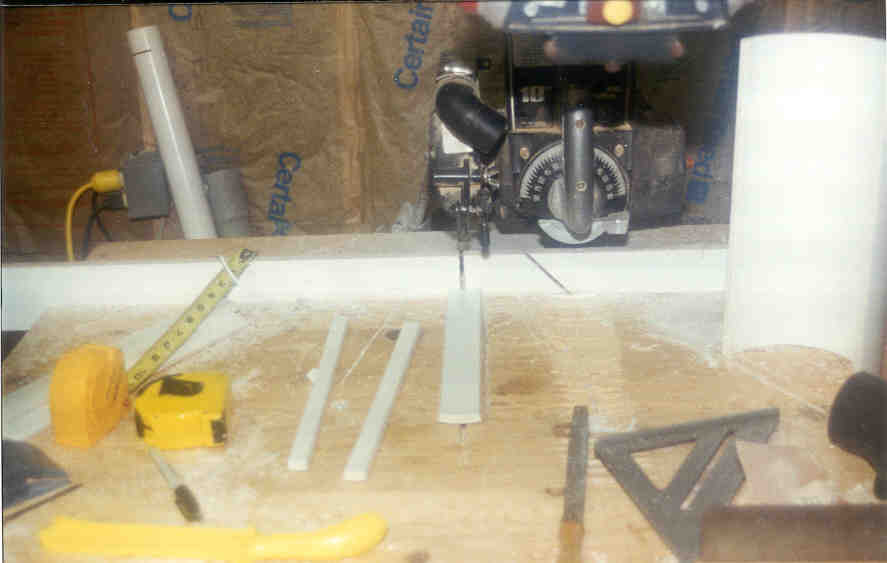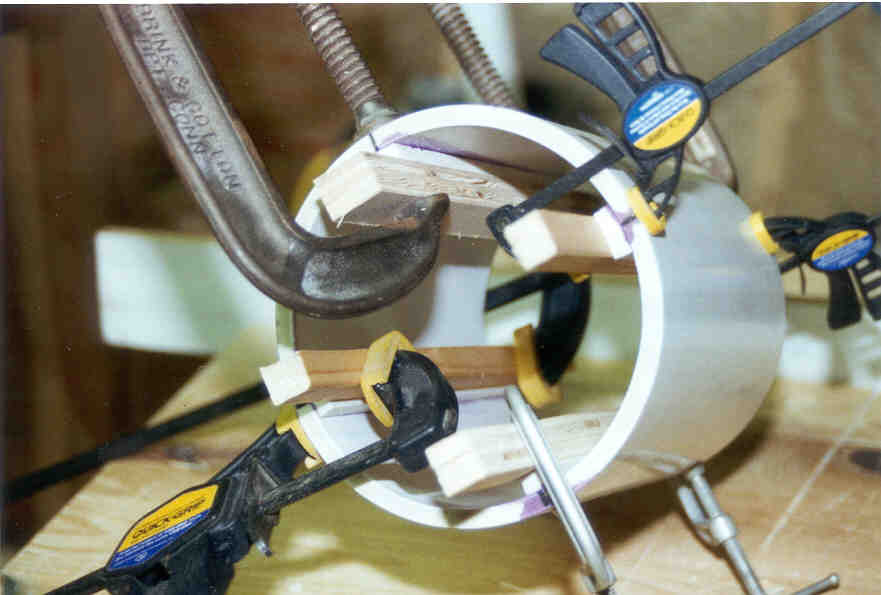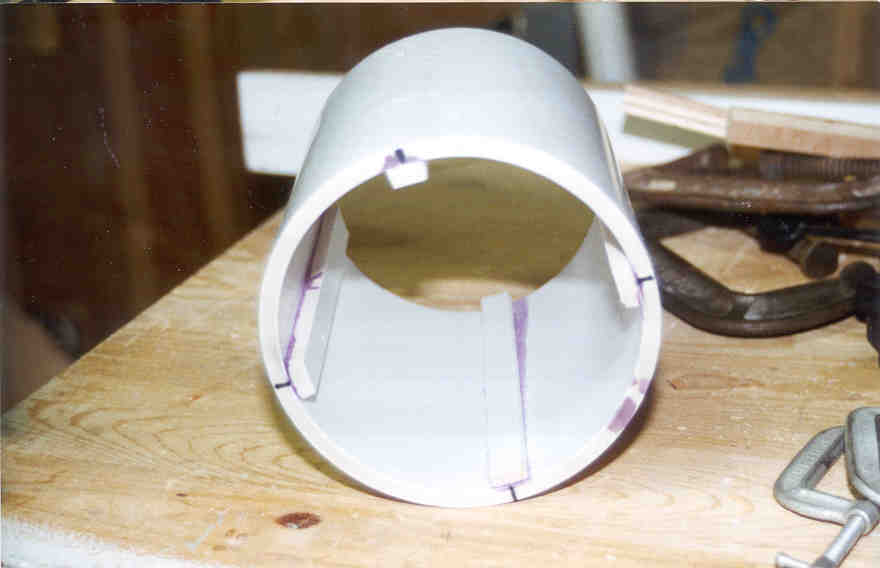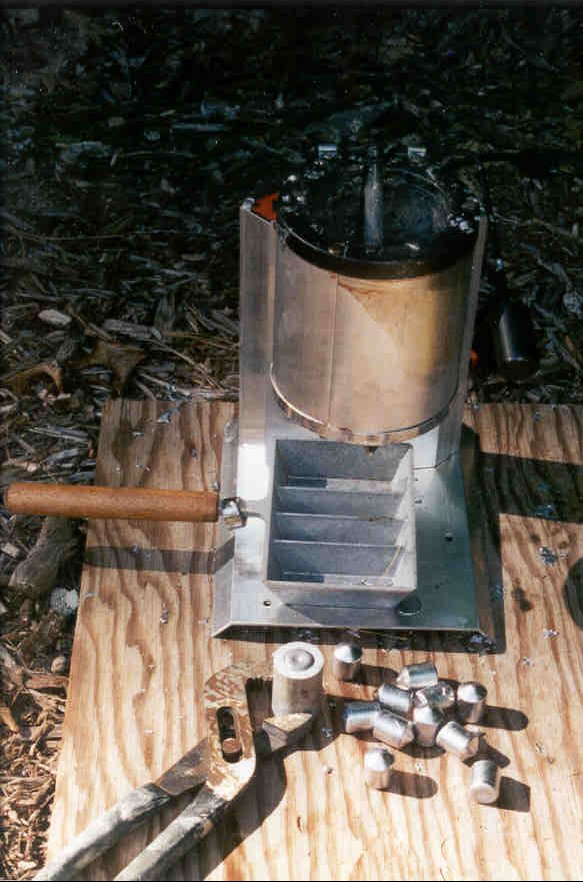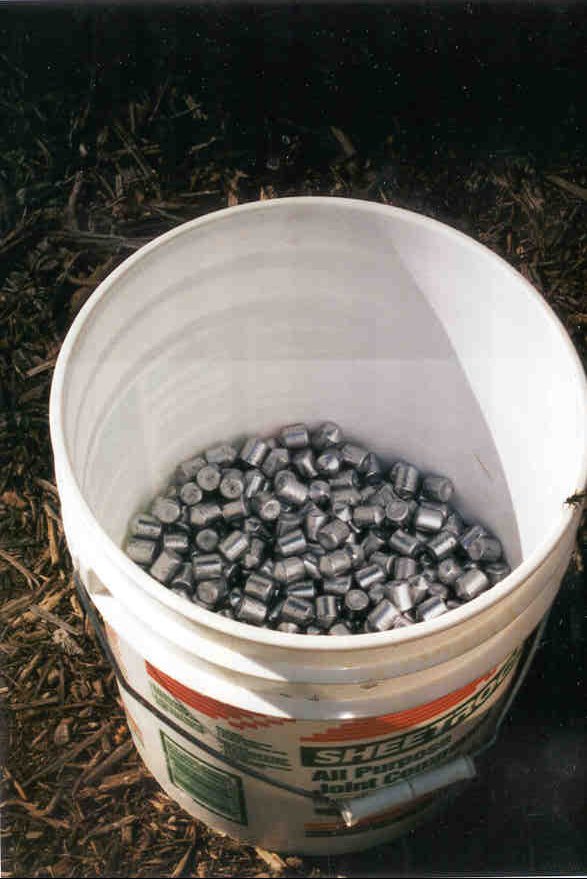Here's my ball mill:
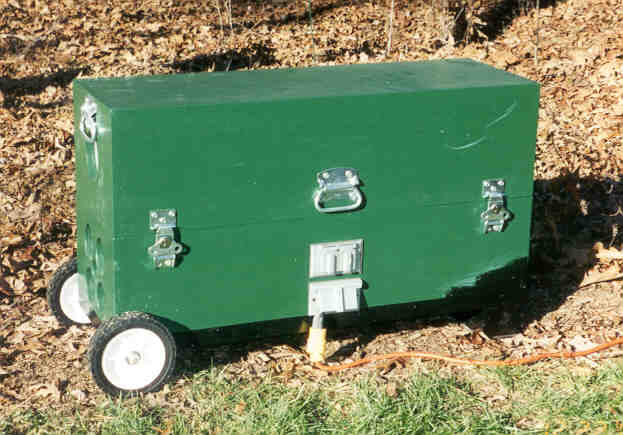
The top electrical plate houses two switches - one for the motor and the other for a fan. I typically set the switches and just plug/unplug the extension cord remotely. Think Safety. The fan is handy in summer to keep comps & the mill cool. The cord end stows in the bottom cover.
This mill is capable of running two 1 gallon milling jars, each with 40 lbs of lead and ~ 1kg of composition. Perhaps only once have I run two jars, and I'd suggest that, unless you are really going into production, you only need one jar's capacity. Your mill will be lighter and less cumbersome! I also found that for me it's difficult to keep up with such a fast mill unless one is in serious production mode - either stocking up or granulating comp or cutting stars inbetween batches. I'm not that young (!) and find that I quickly have enough comp for future projects in mind and can backfill in a hurry if necessary.
I can mill 1kg batches of pulverone in 3 hours that is comparable to 24-48 hours in a rock tumbler mill. 15 minutes or less to powder oxidizers, 5 to mix in dextrin (different jars!). So, if you can, build a Sponenburgh Mill, and consider building a single jar model (though I highly recommend the capacity of the 1 gallon jars - mixing 1kg batches in 3 hrs is sweet).
I've built 1 gallon jars out of 6" PVC and quart and half gallon jars
out of 4" PVC. The smaller jars are useful for powdering smallish amounts
of oxidizers. I had trouble finding Sch 40 6" PVC so settled for DWV
PVC and it's been holding up fine.
